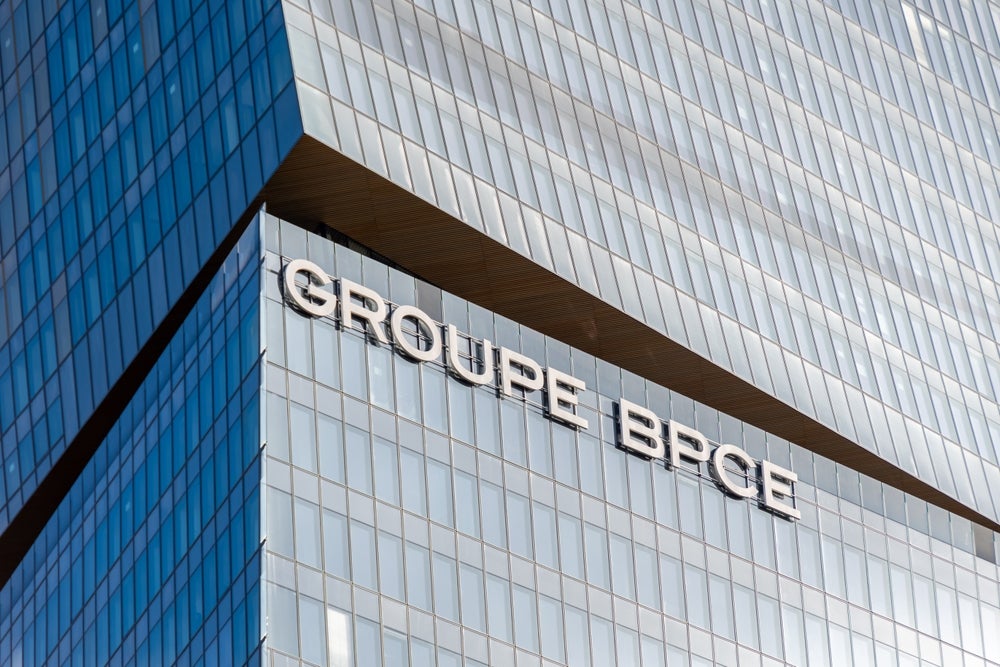At a time when commercial finance bigwigs are faltering from
taking hit after hit from the credit crunch, even a usual stalwart
like General Electric Co (GE) hasn’t emerged unscathed.
Known for its reliability in delivering consistent earnings
growth, GE, whose financial services divisions contributed over a
third of GC’s global revenues of $173bn last year, stunned the
market recently when it reported a decline in first quarter
results.
Admitting that it failed to meet expectations, CEO Jeff Immelt
said that the group results’ primary shortfall was a “decline in
financial services earnings”. Notably, Immelt said the disruption
in the capital markets affected its ability to complete asset sales
and resulted in impairment charges to the profit and loss
account.
Compounded by a deterioration in outlook for the US economy, its
stock price has suffered tremendously, falling to a new 52-week low
of $26.51 on June 26, or down 38 per cent from its 52-week
high.
Single-minded
In spite of all its woes and the increasing pressure from
investors to break up the business, GE remains single-minded in its
aim to be, as its famous maxim says, “the number one or number two
in every market that it operates in”.
How well do you really know your competitors?
Access the most comprehensive Company Profiles on the market, powered by GlobalData. Save hours of research. Gain competitive edge.

Thank you!
Your download email will arrive shortly
Not ready to buy yet? Download a free sample
We are confident about the unique quality of our Company Profiles. However, we want you to make the most beneficial decision for your business, so we offer a free sample that you can download by submitting the below form
By GlobalDataThis is at least evident in the series of acquisitions it has
made in Europe in recent years.
In May, GE Commercial Finance’s (GECF) Business Finance unit
acquired Five Arrows Commercial Finance Ltd from NM Rothschild
& Sons for an undisclosed sum. Five Arrows is one of the top 10
providers of invoice discounting, factoring and asset-based lending
solutions to small and midmarket businesses in the UK.
This adds to its growing stable of acquisitions, filled in the
last three years by ANZ Custom Fleet, Disko Leasing and ASL which
it acquired from KG Allgemeine Leasing, and Banque Artesia
Nederland which it bought from Dexia. More recently, it entered
into a non-binding agreement with Santander to acquire Interbanca,
a move which GE said will enhance capabilities in serving the
mid- market businesses in Italy. The deal is pending
regulatory approval.
With liquidity in financial markets extraordinarily tight at the
moment and with high street lenders pulling back on lending,
asset-based lending is expected to plug the funding gap for SMEs in
need of working capital. GE’s move to expand into this area appears
well-timed.
But it is unclear what lead GECF in the asset-based lending
market will gain from the Five Arrows buy.
Last year, the market for asset-based lending reported sales of
£192m, advances against debt of £16m and over 48,000 customers in
the UK, according to figures from the Asset Based Lending and
Factoring Association.
GECF in a written response said: “As the UK’s leading non-bank
owned invoice discounting and asset based lending provider, GE has
ambitions to significantly grow its presence in the SME and mid
market space.”
The purchase did not include acquisition of the brand name, Five
Arrows, GE added. It will however, work on swiftly integrating the
operations with the GECF Business Finance operations.
Indeed, the question of effective integration arises,
post-acquisition.
“We don’t anticipate the integration process taking a very long
time, but the overriding goal is to ensure it’s done effectively
and without negative impact on customers,” GE said.
Transition
While customers probably won’t be affected much by the
transition, those familiar with GE’s operations point out that the
conglomerate doesn’t have a smashing record in retaining employees,
although one might expect any merger deal to incorporate some
temporary handcuffs on key personnel.
“What usually happens is the existing management end up leaving
and they usually go to a competitor or start up on their own, and
they usually take a lot of the business and the relationships with
them,” says a former GE employee, recalling how its purchase of a
few leasing companies in the Nordics some years back ended with
most of the key staff leaving to start businesses within the same
market.
“They were operating in the same market, in the same niche
against GE, just managing their own relationships that GE thought
it had bought.”
Insofar as creating value in investments is concerned, GE
observers are unable to measure that success since performance is
only reported at a group consolidated level. In asset finance and
leasing, GECF’s growth could be measured in terms of the volume of
businesses written over time. Sceptics suggest that GE has probably
had to continue buying competitors to compensate for shortfalls in
targets.
GE’s key performance indicator for investments is a 10 per cent
earnings growth for “most years” and a return on equity of 20 per
cent over the long-term. When asked if Disko and AG had met these
benchmarks so far, GE would only say that each acquisition was
based on individual merits.
Whether GE can increase volumes at its leasing and asset finance
units depends on how aggressive it wants to be in hunting down
sales, observers note.
“Although it’s not a buyers market at the moment in terms of
capital, there are plenty of lenders out there who are still
looking for business at return requirements that are lower than
GE’s,” says one.
To its credit, nonetheless, GE is known for being particularly
choosey about who it lends to, a habit which encouragingly, hedges
itself against exposure to bad credits.
As much as GE is expected to be on the look out for strategic
assets to acquire, it could just as quickly exit underperforming
ones.
And unlike other non-bank financial groups, such as CIT, which
are struggling to cope with dwindling capital and credit ratings,
GE probably will not have much difficulty in raising capital to
fund these strategies. It still maintains an untarnished triple-A
credit rating, thanks in part to its well-heeled industrial
businesses.







